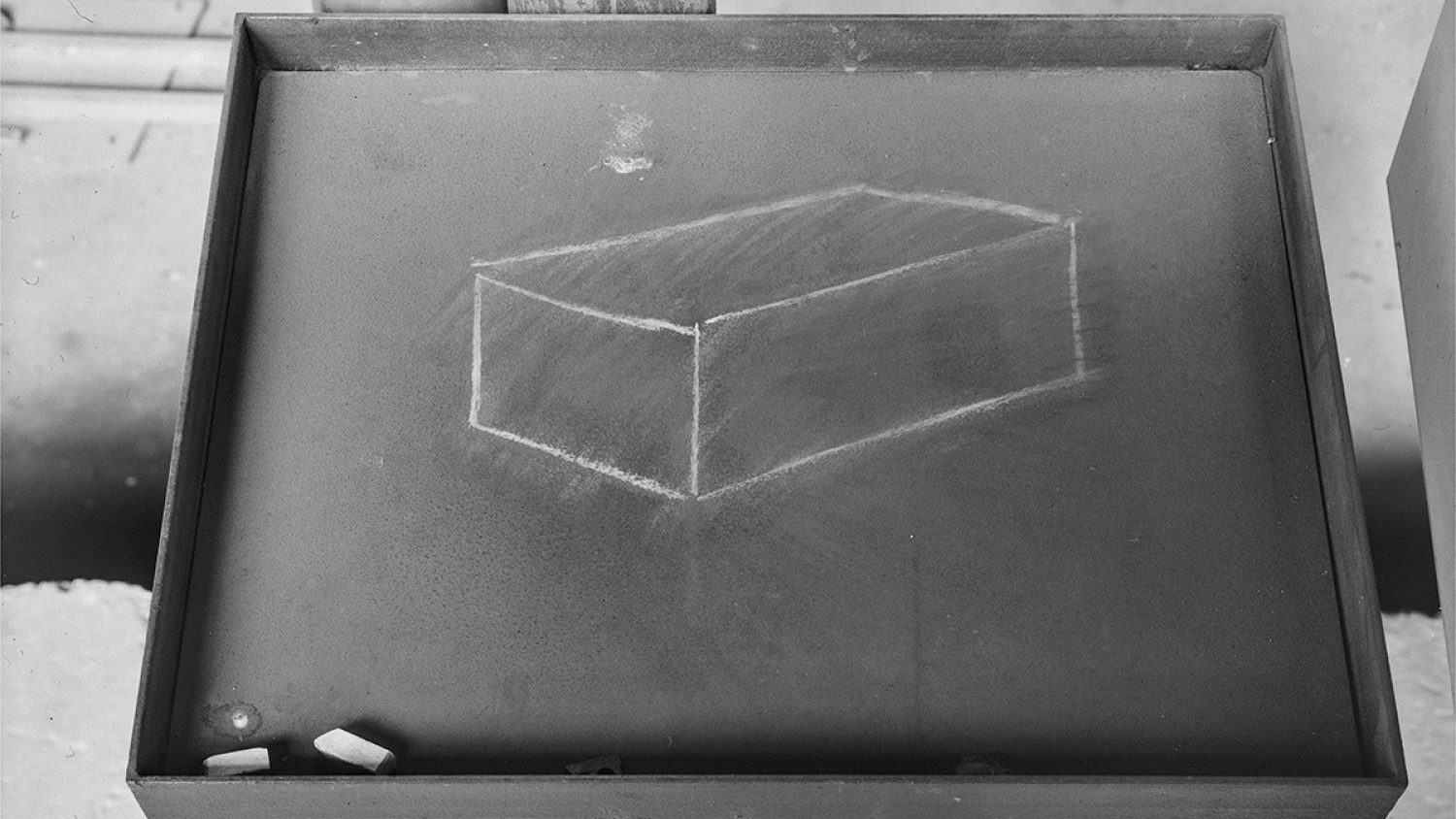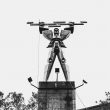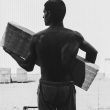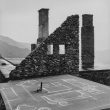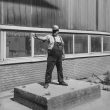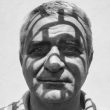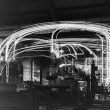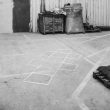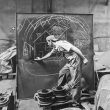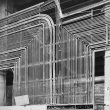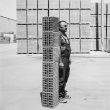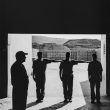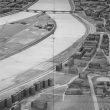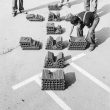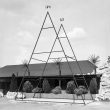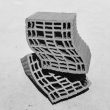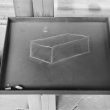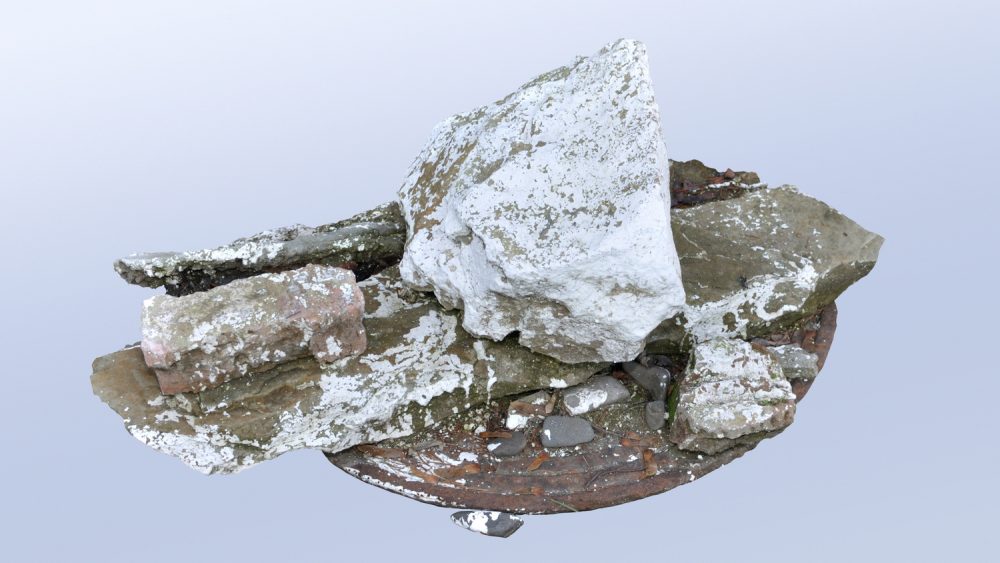Human
Human scale is defined by the horizon drawn around us by the outermost limits of our senses, but most of what we know of the universe reached us via technology. Our greatest responsibility is to constantly search for our place in the world by defining our own scale. On the other hand man is often referred to as a being without scale, by which we point out how great impact we are able to make, but at the same time we unwillingly admit that we are becoming unable to find our origo, our own place.
To begin this work I chose my own narrow horizon, that is limited enough for me to inhabit, while flexible enough to examine what is Human. At the very start an enigmatic object accidentally got in my way, it was the brick, that later on proved to be the perfect symbol, so many human qualities are compressed into it.
The first evidence of the use of this building material was found in what is today a land of war, Syria, in Tell Aswad a ten thousand yearold small town near Damascus. Curiously mathematics also emerged at the dawn of human civilization, in the same time and region. There must be something common shared between them. Just like in mathematics, we make bricks by splitting up the formerly continuous fabric of the material world to form identical units, which we can later use to create constructions never seen before. Bricks are the simplified examples of how the universe can be cut into equal units, and understood. The size of a brick is derived from human measurements, a grip of a palm, length of a foot, height of a man, his muscle power. Of course it had evolved throughout history, size has grown, its structure and technology became more complex, and still, it is adjusted to our body. The human body was the model for old time measurements and units. Many different such standards coexisted and fought for their own survival. When the body becomes data, it is detached from itself. It can turn into a mere illustration of the information extracted using units that once originated from it.
What we call cultural evolution may be only an overlap between biological and technological life. It is clear, Human culture could not exist without ever growing technology. All life attempts either to find the surroundings in which it can thrive or it adapts to the given circumstances. Or, it reproduces until it becomes capable of altering the habitat to meet its needs, to reflect itself. Rainforests create their own humid climate, capture rainwater and fertilize the soil. As rainforests create their own atmosphere, so does technology, cities convert their surroundings and force living organisms to adapt to the more virulent urban standards. I believe as biological evolution nears the limits of its capacities, the shift to technological evolution was not just a possibility but a necessity. We ought not think of our symbiosis with technology as a human achievement, because it was the result of life wanting to cross its borders to expand its horizon. We are at the right time and place to actively participate in it.
During my time in the brick factories I cooperated with workers in a sensitization process. Together we examined their role in production and I confronted them with assignments to question the fatigue of creativity, a fundamental human gift. Workers were given chance to picture themselves as small parts of the living organism, and to formulate questions about their function and their relation to it.
My first encounter was Otto, who works six days a week in three shifts. In a single eighthour shift he oversees the production of 18.000 bricks, the equivalent of 34 standard family homes. His dreams are haunted by bricks, but in the twenty years he’s been working in the factory, he insists, he never thought of what he would build for himself from one days worth of bricks. He is about six bricks tall, that would take 15 seconds of his life to produce. Is it important for a worker to imagine how his or her dreamhouse would look like? Can we visualize how the individual feels about being an brickinwall?
As doubtful as it may sound, but the fully automatized brick factories —that laid off the majority of their human workforce to improve productivity — showed a remarkable and accurate, yet allegoric example of the above transition from biological to technological. The humananimal distinction proves to be as awkward as the humanmachine contrary. As Ray Kurzweil puts it: We are rapidly growing more intimate with our technology. Except, from where I see it, technology is not ours, it belongs to life.
Gábor Arion Kudász (1978) is a Hungarian photographer whose works deal with the urban environment. He has studied at the Moholy-Nagy University of Art and Design and has had more than 15 solo exhibitions in Hungary, Czech Republic, Poland and elsewhere.
